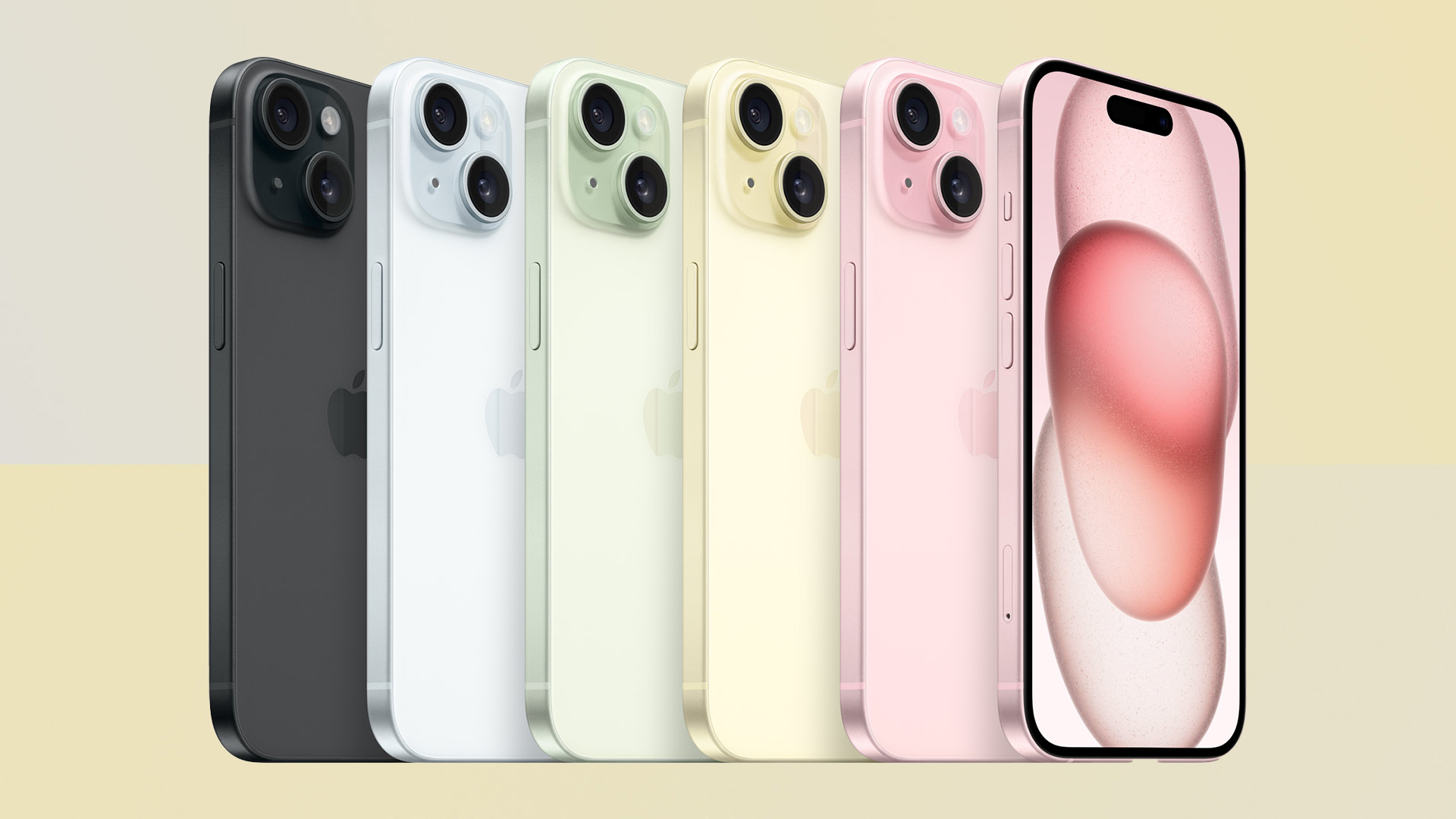
The iPhone 17 range could see the Plus-sized model scrapped in favour of an iPhone 17 Slim.
In addition, analyst Jeff Pu claims that the Pro devices will be markedly different from one another in a couple of key areas.
Apple reportedly has big plans that'll shake-up its iPhone lineup from 2025 on. It could ditch one of the handsets in favour of something new and interesting, while the Pro models could be separated by a major design decision.
Aside from reports about a new folding device from the Cupertino firm, the traditional iPhone range will experience its biggest change in years, it is said.
That'll start with the iPhone 17 with Apple allegedly set to ditch the iPhone 17 Plus entirely.
Instead, Haitong Securities analyst Jeff Pu (via 9to5Mac) claims that there will be an all-new iPhone 17 Slim. It'll have a larger display than the standard model – currently tipped to be 6.6-inches – but will be slightly smaller than the iPhone 15 Plus.
It will, of course, be thinner too. There are no indications on measurements, as yet, but it could offer a more pleasing aesthetic for those who want to a bigger screen but don't want the heft.
Pu also claims that the iPhone 17 Slim and standard iPhone 17 will run on 8GB of RAN and either the A18 or A19 chipset. They will feature an aluminium design that is "more complex" than current iPhones.
Also set to change, he claims, are the Pro models.
The iPhone 17 Pro and 17 Pro Max will feature different materials, for starters. The Pro will feature the same aluminium casing as the standard devices, while only the iPhone 17 Pro Max will continue to offer a titanium finish.
Strangely, Pu also states that only the iPhone 17 Pro Max will come with a new Dynamic Island that is smaller and "narrowed". This is because the larger device will sport a new "metalens" technology for the proximity and Face ID sensors, he says.
The iPhone 17 pro and Pro Max models will each run with 12GB of RAM and on Apple's latest A19 Pro chip.
His final note suggests all four models will upgrade the front camera to 24-megapixels – double the sensor resolution of the current iPhone family.







